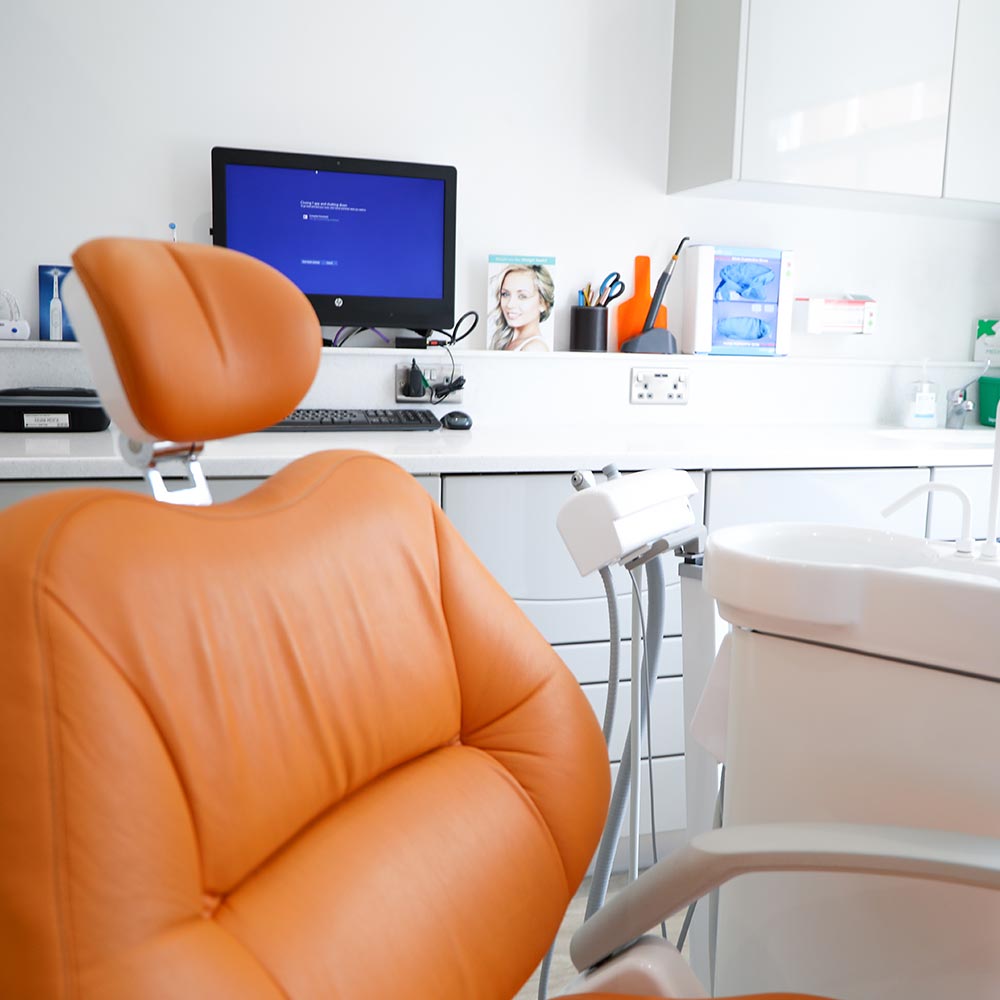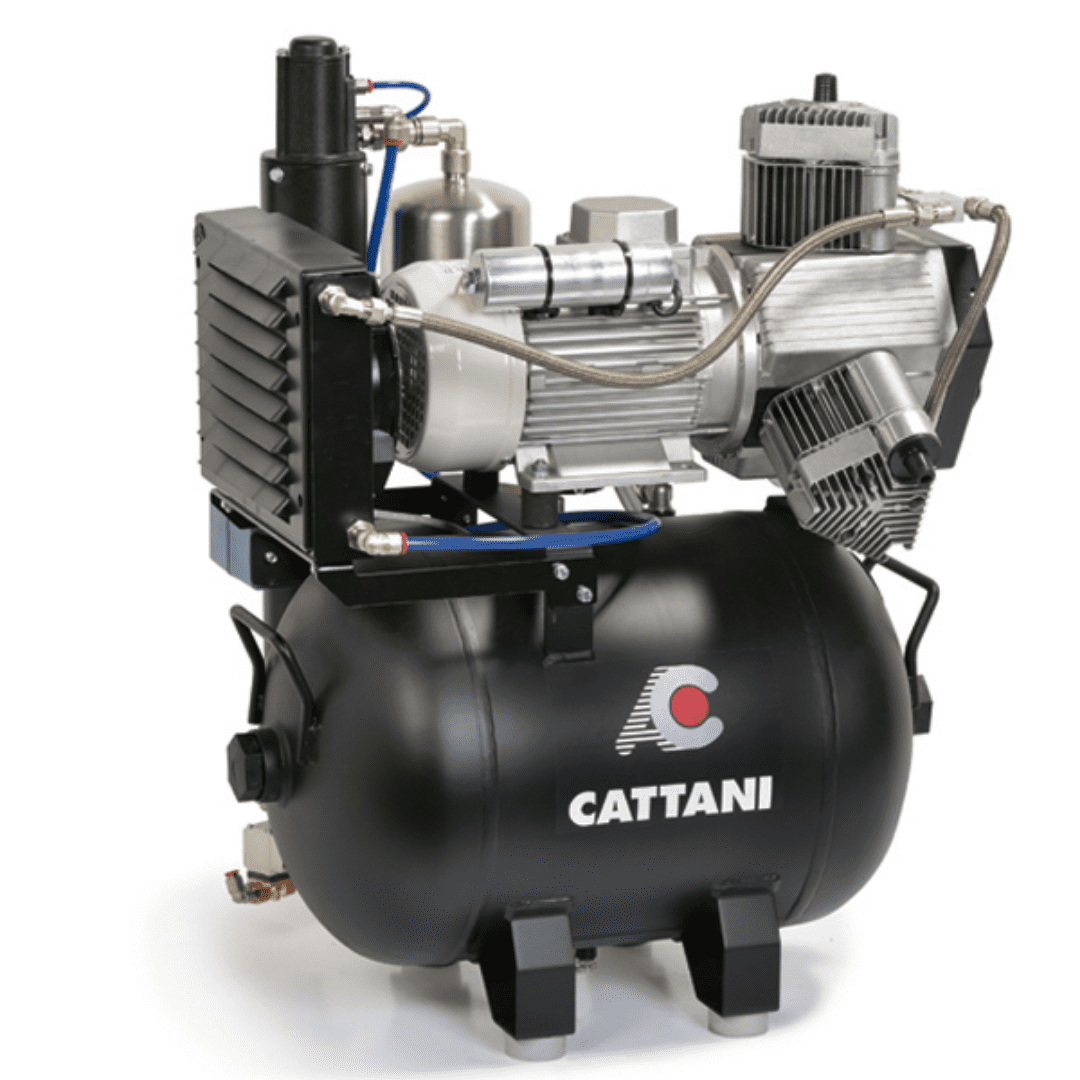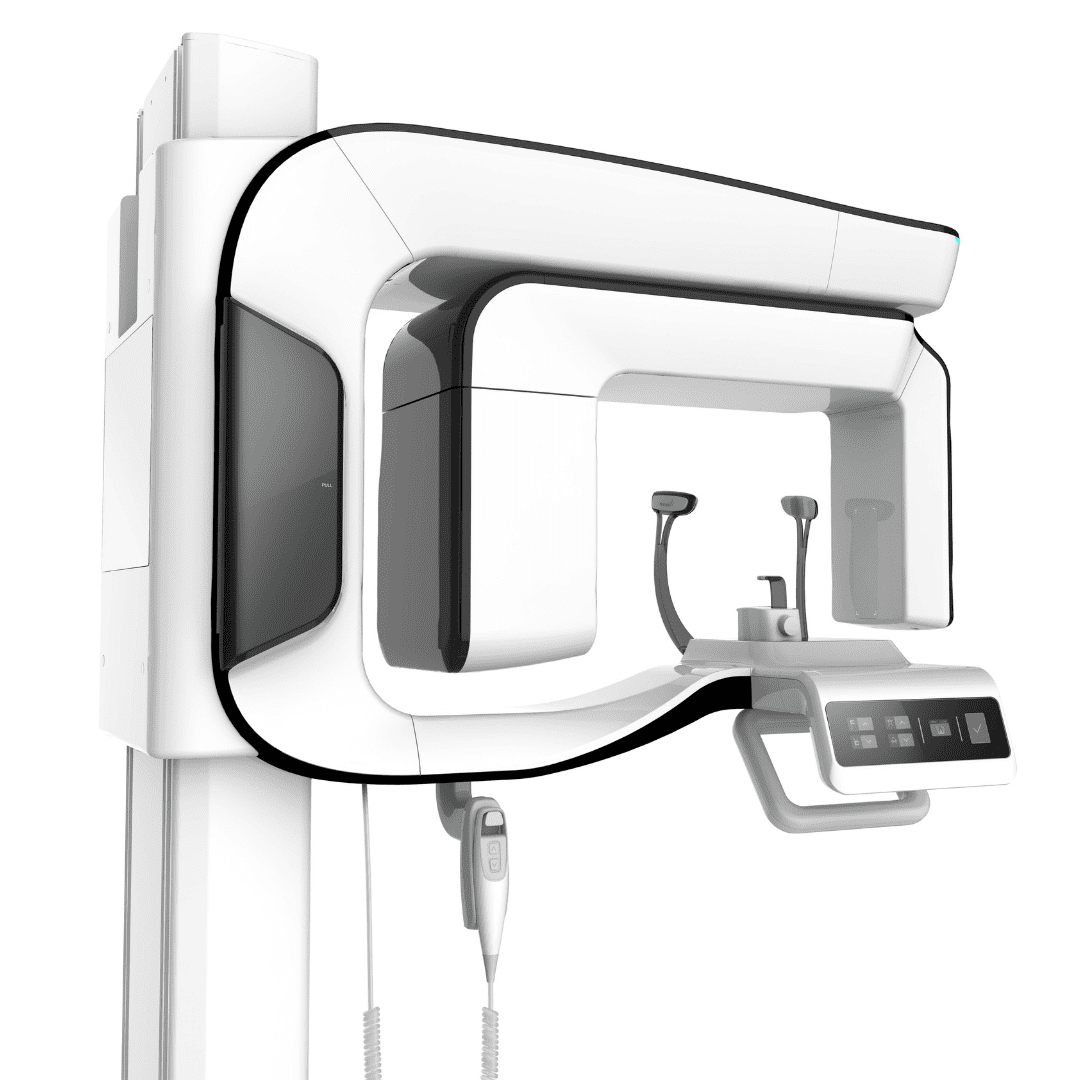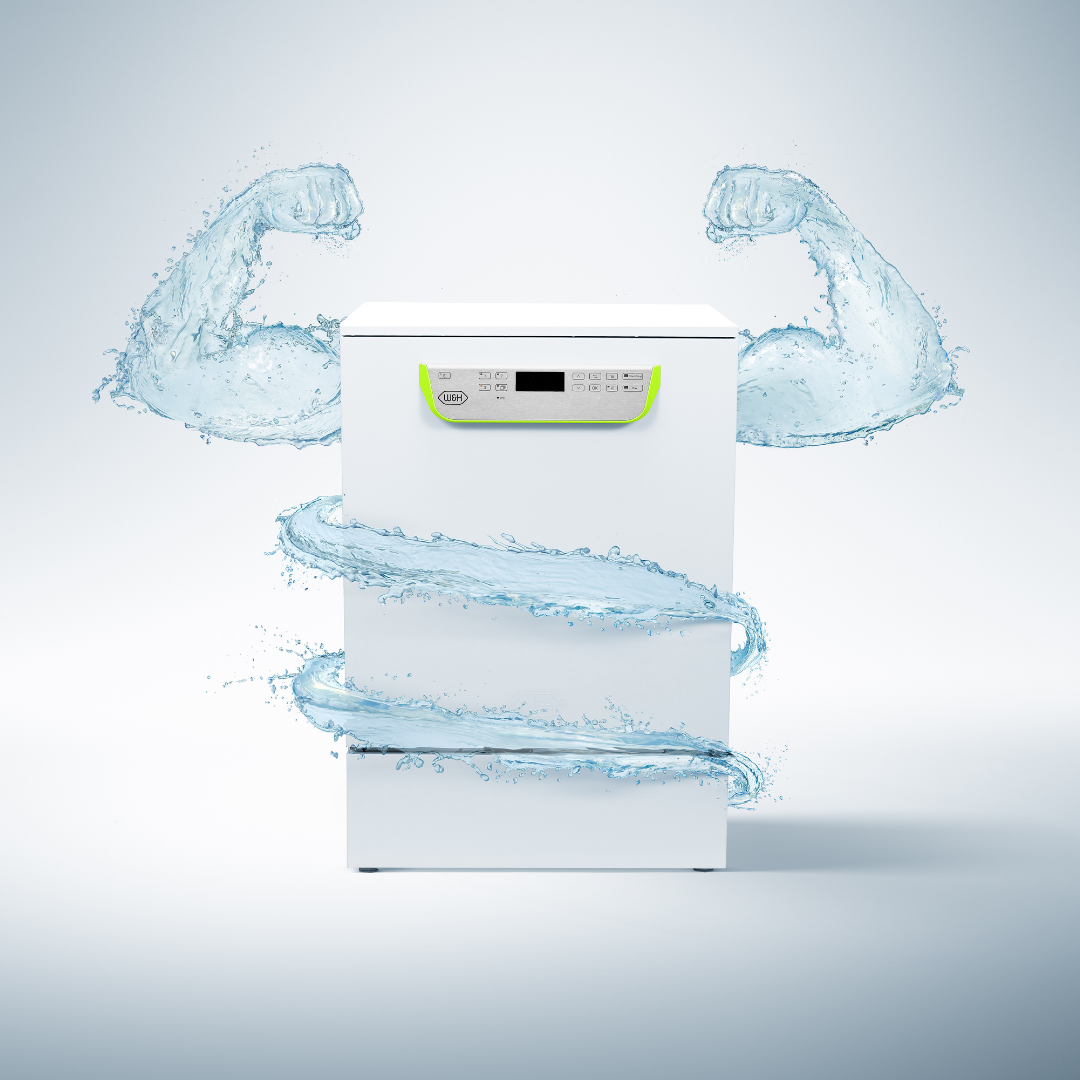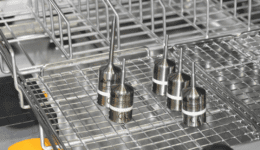Why Washer Disinfector Validation is So Important
Ensuring the cleanliness and efficiency of equipment used to clean dental instruments is crucial and underlines the need for washer disinfector validation. Following the pioneering work of Louis Pasteur during the late nineteenth century, a British surgeon named Joseph Lister first proposed the use of carbolic acid to disinfect wounds. He later introduced the practice known as asepsis, a series of precautions designed to prevent the development of post-surgical infections.
In addition to handwashing and clean clothing, he applied the disinfectant properties of carbolic acid to clean surgical instruments, with dramatic results. Protecting patients from opportunistic infections is vital to all surgical procedures. Thus, clean and sterile dental instruments are a must.

In 1880, a pupil of Pasteur developed the pressure steam steriliser we now know as an autoclave. Autoclaving serves a crucial role in the final sterilisation of dental instruments, effectively eliminating all forms of microorganisms, including spores. However, before sterilisation can occur, instruments must first be thoroughly cleaned and disinfected to remove physical debris and reduce the microbial load. This is where the washer disinfector comes into play.
What is a Washer Disinfector, and How Does it Work?
A washer disinfector is an essential first step in the instrument decontamination process for vets, medical practitioners, and dentists. These devices are designed to clean and disinfect reusable instruments, making them quicker and more suitable for preparing small batches of instruments before sterilisation in an autoclave. Two types are available from Hague Dental Supplies, a compact tabletop model or some larger under-counter units. Your choice will depend on your available space and how many instruments you use daily. In each case, the operation is typically an automated five-stage process as follows:
- Pre-Rinse: A preliminary cold water cycle removes any thick soiling.
- Detergent cycle: During this stage, any remaining contaminants are removed.
- Post-rinse: This step removes the residual detergent.
- Disinfection: The contents are exposed to high temperature for a sufficient period to kill off any residual microorganisms.
- Drying: A hot air stream finally completes the process, leaving the contest ready for reuse. The air is filtered to avoid recontamination.
What is Washer Disinfection Validation?
Like many items of dental equipment, a washer disinfector needs to be serviced regularly. But merely keeping it working is not sufficient. In addition, its effectiveness must also be validated at intervals. An experienced dental equipment engineer needs to conduct the process based on the manufacturer’s recommendations and those of the Quality Care Commission.
Dentists should note that the QCC regulations state washer disinfector validation should be performed per manufacturer recommendation, which is normally every twelve months. An experienced, knowledgeable inspecting engineer will ensure the unit is fully functional and perform the following preliminary tests to ensure your washer disinfector performs optimally:
- Record the maximum temperature reached during the sterilisation stage.
- Note the time taken to complete the cycle.
- Check the condition of the door seals.
- Remove and clean filters and strainers.
- Confirm detergent levels.
The following tests complete the washer disinfector validation process:
- Efficacy Test: A heavily soiled test strip is used to ensure peak performance.
- Protein Test: This test looks for residual traces of blood protein that might reveal washer disinfector inefficiency.
Where Can I Get a Washer Disinfector Validated?
The highly qualified and experienced dental engineers at Hague Dental Supplies specialise in equipment maintenance and validation services in compliance with HTM 01-05. For peace of mind about your practice’s compliance, complete our online contact form today to learn more.
